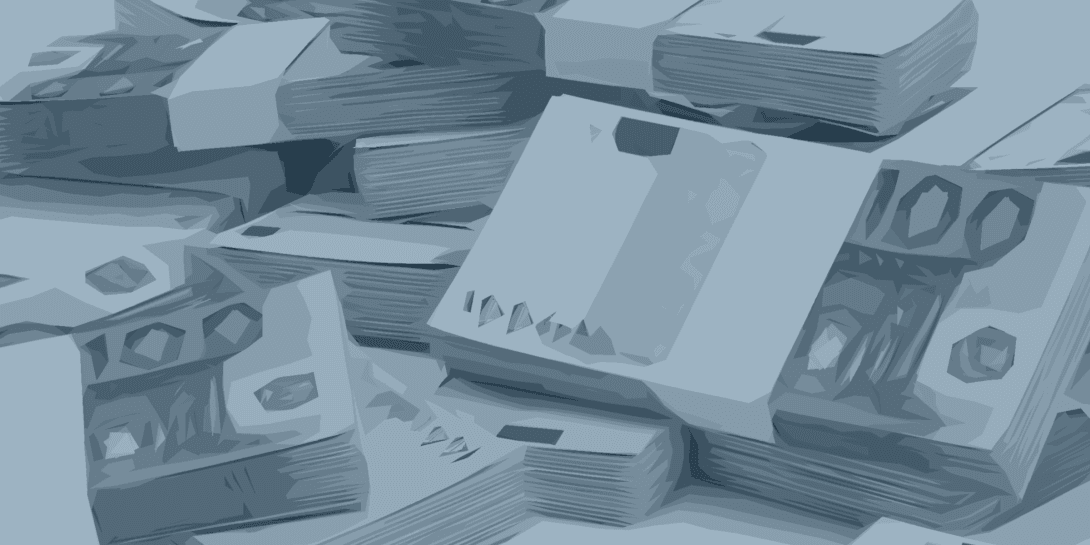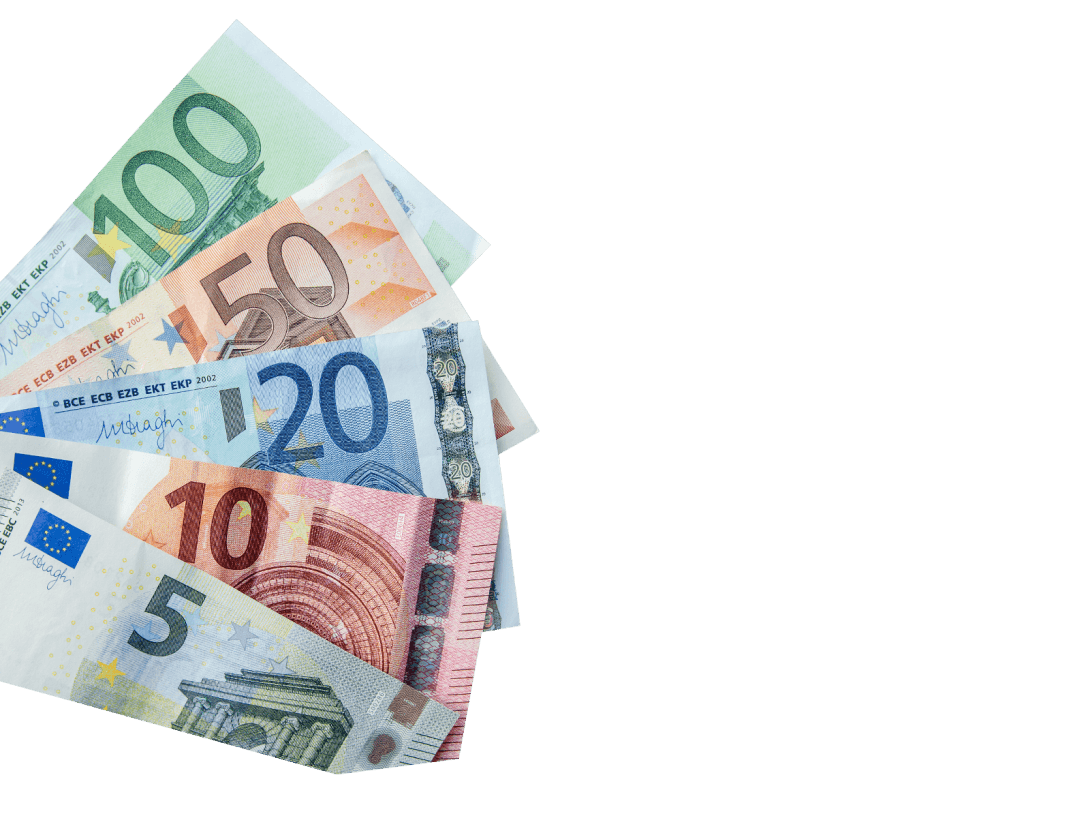According to the Deutsche Bundesbank, over 55,000 fake euro notes were identified in 2023. That represents a total nominal value of 5.1 million euros. The most common counterfeits are 20 and 50 euro notes.
You cannot exchange a counterfeit note for a real one, so be careful if you notice anything suspicious. To start, place a real bank note next to the one you suspect to be a counterfeit.
“Feel, look, tilt”: identify security measures
“Feel, look, tilt” is the golden rule that you can used to check if a banknote is real or not. Most euro notes feel crisp and firm. Real euro notes also have a number of haptic elements, such as the short, raised lines on the left and right edges. You can also feel that the main image on the front of the note is thicker.
The new Europa series also has a varnished coating which makes them more durable and longer lasting, as well as other security features such as the emerald number. The emerald number on the front changes its colour as you tilt it, from emerald green to deep blue.
There are also easily recognisable optical features on real notes, such as the portrait window, which contains a hologram and is featured on notes valued 20 euros or more, the colours, the security thread or the portrait watermark. Both the security thread and the watermarks are difficult for counterfeiters to reproduce. In addition, the various design elements on the euro notes are made up of many different colours. If you think the colours look too strong, too weak or blurry, then it could be counterfeit. Counterfeiters usually focus on one or two security features, so it’s important to check as many features as you can.
Counterfeit detector pen checks security features
Counterfeit detector pens are available in both electronic and chemical form and can verify the magnetic and UV features of a banknote. A light part of the note can be marked with the chemical detector pen and then a short time later the colours can be checked again. If the colours are lighter and have a yellow hue, this indicates that the money is real. If the colours turn dark, then the money is counterfeit. The electronic detection pen automatically verifies the fluorescent colour of the note along its serial number. The pen then emits a sound if the note is real.
Recognise counterfeit money with UV light
You can also check banknotes with UV light using a counterfeit detector device. Counterfeit detectors, such as those from Safescan, make the UV elements on banknotes visible or verify the authenticity of a note automatically. The UV elements on euro banknotes include small fluorescent fibres interspersed throughout the note, each showing three different colours: red, green and blue. In the Europa series, the stars in the EU flag on the front of the note glow, as do the serial number and a stripe on the back. The main image on the note, as well as some of the large stars, glow green.
Counterfeit euro coins
You don’t need to be an expert to identify a counterfeit coin. As with euro notes, your first impression counts. And it all starts with the surface of the coin. While real euro coins have sharp contours and raised print, counterfeit coins often have soft contours and scratched or mottled areas. The edges of real coins are also neatly distinct with a variety of ridges. In contrast, the edges of counterfeit coins are often rough and imprecise.
You should also check the colours. Counterfeit coins often get dirty quickly or the coating flakes off. If you have a magnet, you can also use it to check whether the coin is real or not. The central sections of the 1 and 2-euro coins are magnetic, while the edges of those coins and real 10, 20 and 50-cent coins are not. Real 1, 2 and 5-cent coins are strongly magnetic.
Contact the police after receiving a suspicious note or coin
Always contact the police if you suspect you have been given counterfeit money. Give the counterfeit or suspicious money to the Bundesbank. Even if you’re not sure if the coins or notes are counterfeit, you should always report it. If you pass on counterfeit money, you are committing a criminal offence.
You can find a list of all euro security features on the European Central Bank’s website. In addition, the German Bundesbank offers free online training sessions on how to recognise counterfeit money. You can find all the necessary information here.

